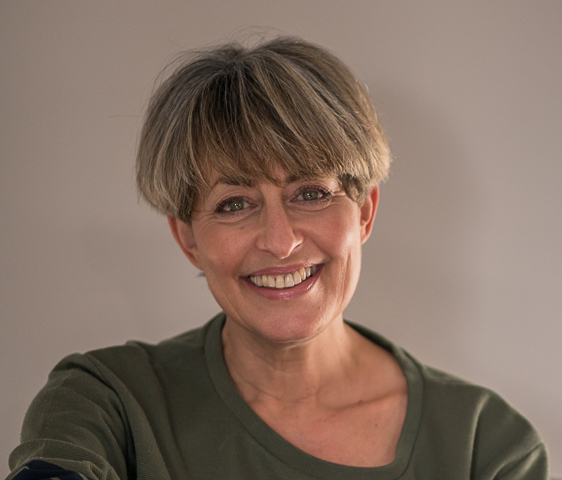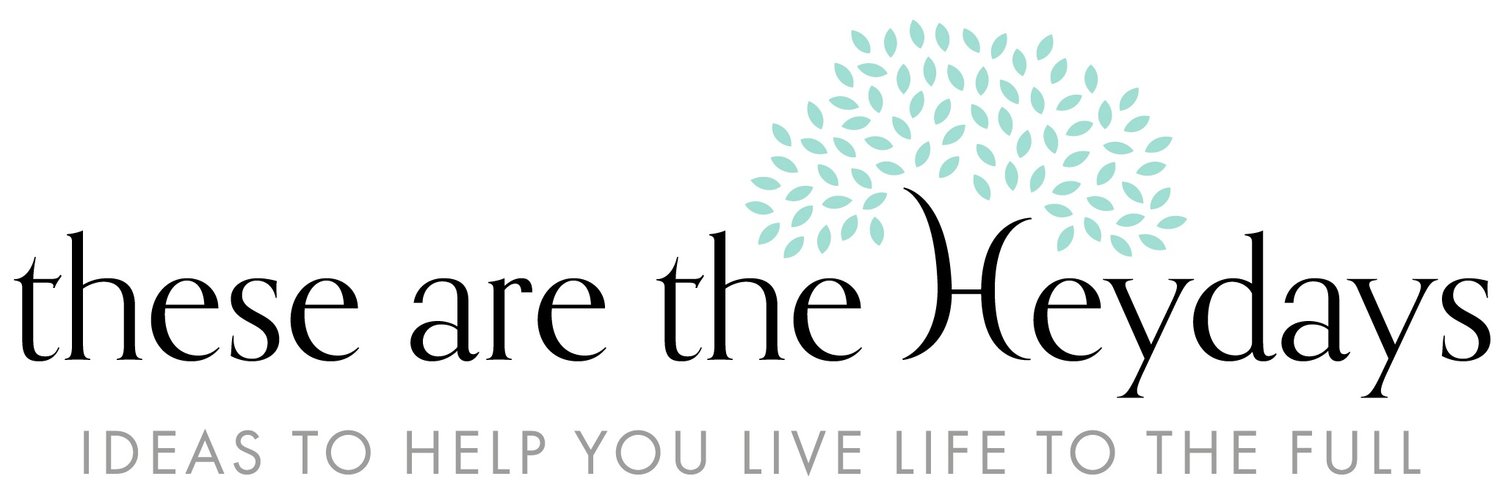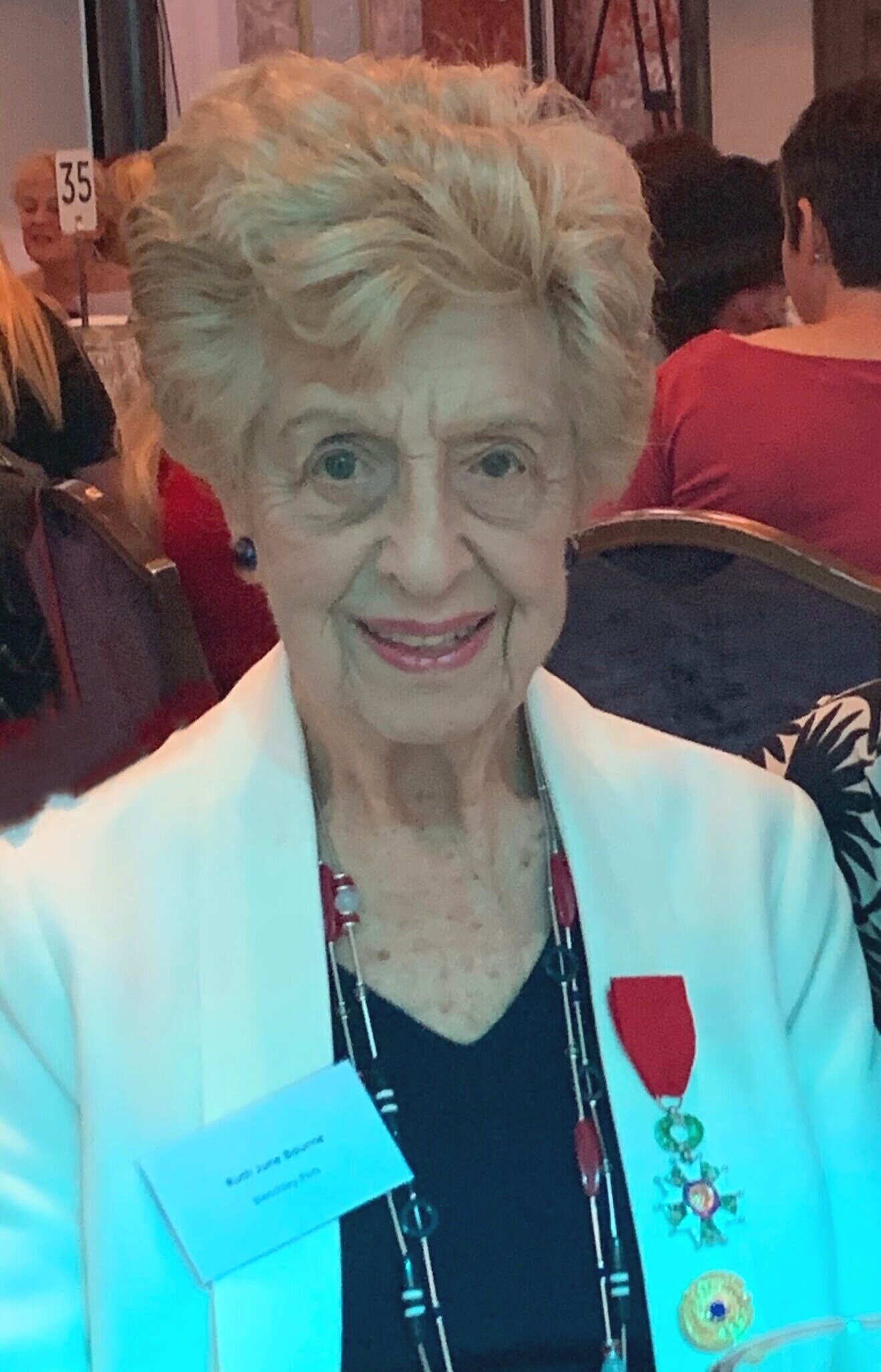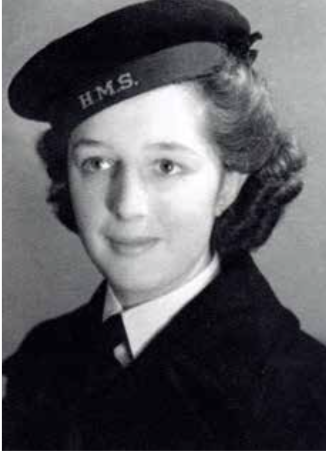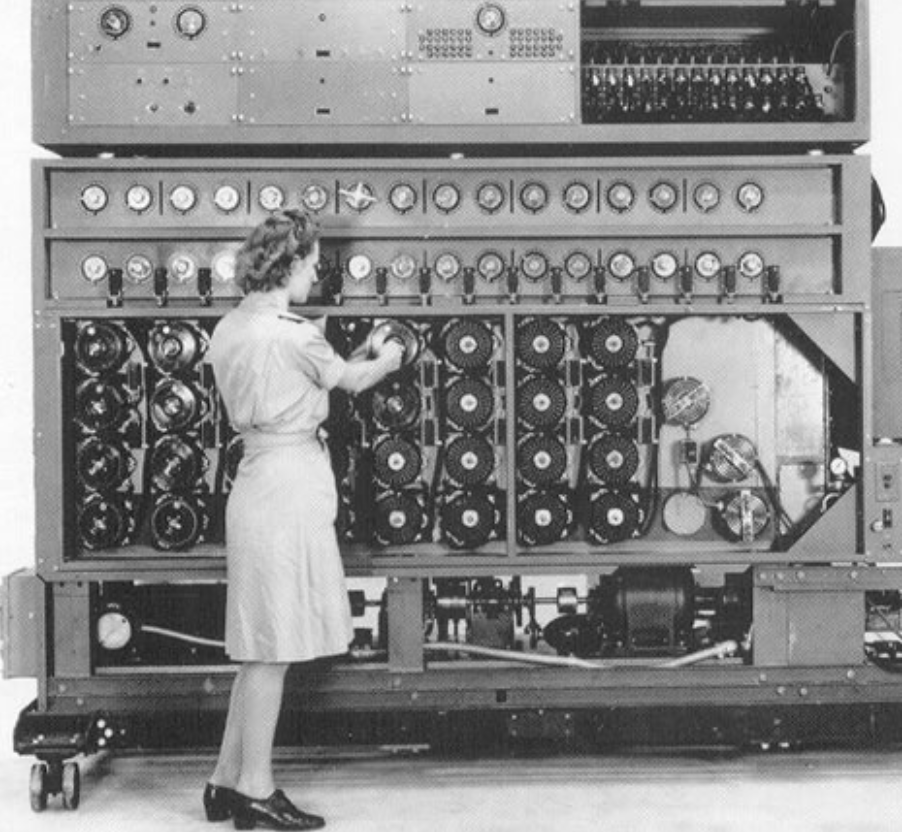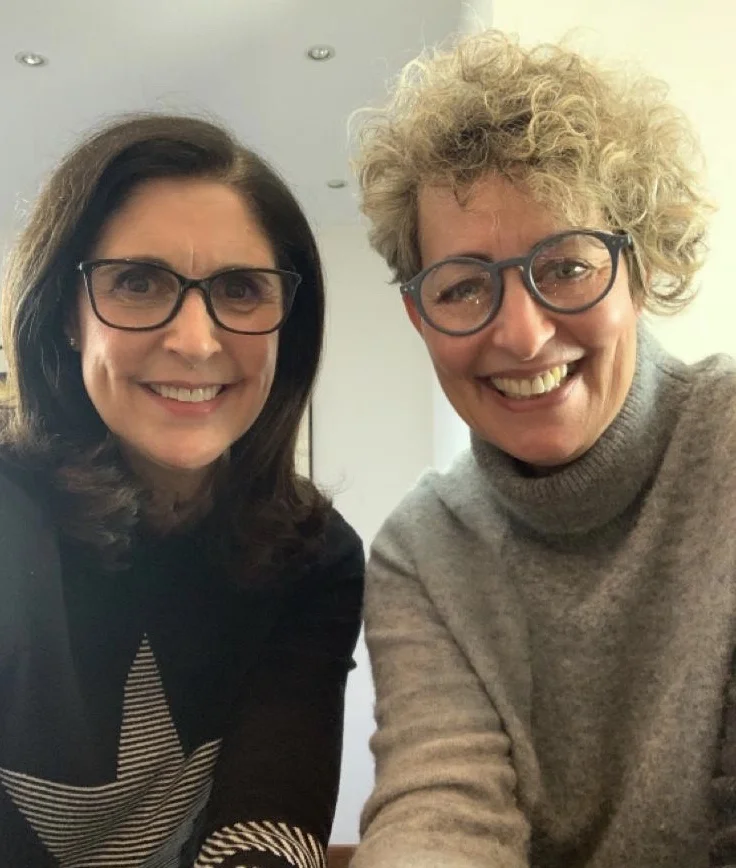The top secret work Ruth did that helped win a war
All my previous Heydayer interviews have focused on what that person, or people is/are doing now in their lives that fills them with joy, fires their enthusiasm or fulfills their passions (or even better, all three). But I’m making an exception this time for truly remarkable Ruth (93)
Ruth at the Women of the Year lunch
I met Ruth at the Women of the Year lunch. She had been invited - along with two of her former colleagues also both now in their nineties - in recognition of the work they all did decoding German messages during the Second World War. The contribution they made to toppling the Nazi regime was critical to its downfall, and to the freedom we have all enjoyed since 1945 as a result of it.
Ruth (far right) and her code-breaking colleagues, Pat (centre) and Betty (left) being introduced to the Women of the Year attendees (who were giving them a deafening standing ovation) by host Mel Giedroyc
The reason I’m making an exception in the telling of her story, is that although she’s just as sharp, astute and witty as ever, and although she remains the epitome of living life to the full, the conversation I had with her about her war work - which was so top-secret she never even knew herself how crucial it was until thirty years after the war ended - was so fascinating I really wanted to share it with you.
“I had studied English, obviously, French, German and Spanish while I was still at school and once I finished my aunt, who had been in the Royal Army Medical Corps, suggested I join one of the services so that I’d have a trade.
I volunteered to join the WRNS (Women’s Royal Naval Service), because I really wanted to be by the sea, which, of course, never actually happened!
17 year old Ruth in her WRNS uniform
I began my training in Scotland and right up to the time I finished there I really believed I was going to be joining a ship. Whilst we were still at the training camp outside Glasgow a group of us were told we were joining HMS Pembroke 5, or P5 for short, and that the work was SDX (Special Duties X). When we asked what that was, they said “We haven’t the faintest idea. We only know it’s not Y.”
And do you know, it wasn’t until after the war that I found out that the Y section were the women who were intercepting the morse codes.
A few of us were sent to Eastcote and when we got there we were told “You need to know the work we do here is very secret. There isn’t any promotion and the hours are anti-social. And you will always be within 50 miles of London (in other words, you won’t be going to sea). If this doesn’t sound like it’s for you, now is the time to leave. Because if you get trained for this work, you won’t be allowed to change.” Of course we all said “yes”.
We were told one sentence: “We are breaking German codes”
We all signed the Official Secrets Act and were told never ever to talk about anything we heard, saw or did. Then we were told just one sentence, which was: “We are breaking German codes,” and that’s all we knew. And in fact that’s all I ever knew, right through my period of being a Bombe operator. [Bombes were the highly complex Enigma key-finding machines that Ruth was trained to operate]
The Bombe machines were quite overwhelming
Then we were taken into one of the Bombe bays (there were 10 or 12 machines in each bay) which was really quite overwhelming - these great big machines – they were each 6 ft tall by 7ft wide – clicking away making a horrendous noise. Our training was done by other Wrens {the popular way of referring to the women serving in the WRNS]. For two weeks we just watched what they were doing, then we had two weeks being watched as we operated not only the Bombe machines, but the checking machines too, which were completely different. And after that month we were on our own, operating night and day on shifts.
The Bombe machines that Ruth and her colleagues operated were huge and highly complex
In all that time I never knew what the machines were actually doing in connection with code breaking. And I didn’t know they were replicas of the Enigma machines. It wasn’t until I saw an Enigma machine at a lecture at the Royal Geographic Society years later that I found out what that was and what it did.
I finally discovered what I had been doing 30 years after the war finished
I finally discovered what it was that I had been doing, and the part it played in the war effort, when a book called The Ultra Secret came out, 30 years after the war finished. That was the first I knew that we were even allowed to talk about what we did.
I said to my husband, who had access to secret information during his career in the MOD, “That’s what I did during the war. I broke German codes.” But he wasn’t very impressed. He said “Oh that’s very interesting dear, what’s for tea?”
Do you have any fascinating family stories from the war?
Other posts you’ll enjoy
Why it’s so important to Heydayer Chris to keep history alive
Heydayer John’s unusual way to get people talking about history
The fascinating World War Two site hardly anyone knows about
